What's New
Displaying results 691 - 700 of 4052
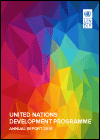
Resource | Publications,
2018 was the first full year for UNDP of implementing a new Strategic Plan—a plan built to help countries deliver on the Sustainable Development Goals.
At a time of change for the United Nations, UNDP worked with partners to help people get on their feet and stay there—meeting short-term needs while laying the foundations for a hopeful, confident future.

Resource | Reviews and Snapshots,
This 2019 snapshot is the fourth annual edition of this publication, showing the prevalence and trends of violence against women in the Asia-Pacific region.
The data in the map and Table 2 reflect the most recent (national, if available) data collected with either the WHO methodology, the DHS-DV module, or the UNECE VAW module, from publicly available survey reports, updated in May 2019.
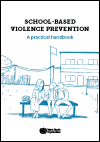
Resource | Publications,
The handbook is built around a list of suggested areas for implementation that outlines practical school-based interventions to take when putting violence prevention measures in place in all areas of the school. The core actions refer to a set of initiatives that practitioners who are at school level can take directly. They are immediate activities that the coordinating team can already kick-off.
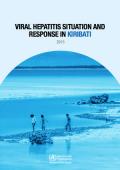
Resource | Publications,
This report presents background information on Kiribati, its health-care system and the national epidemiology of hepatitis. It then details review findings and recommendations under each priority area of action of the Regional Action Plan for Viral Hepatitis in the Western Pacific 2016–2020: broad-based advocacy and awareness, evidence-based policy guiding comprehensive hepatitis action, data supporting the hepatitis response, stopping transmission, and an accessible and effective treatment cascade.

Resource | Infographics,
Girls and women make up more than half of the 36.9 million people living with HIV. Ending AIDS by 2030 requires that we address girls’ and women’s diverse roles by putting them at the centre of the response.
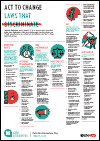
Resource | Infographics,
Laws that discriminate can be changed. To do so, people need to know their rights, make discrimination visible and mobilize support and the effective use of legal means. Below are some steps and actions that you can take to change discriminatory laws.
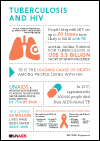
Resource | Infographics,
HIV-associated TB presents a risk to achieving the Sustainable Development Goals. Effective, sustained action is required to meet the needs of the most vulnerable populations.
United Nations Member States have committed to work towards the target of reducing deaths related to tuberculosis (TB) among people living with HIV by 75% by 2020, as well as reaching 90% of all people with TB with preventive or therapeutic treatment and achieving 90% treatment success for all people diagnosed with TB.

Resource | Infographics,
Tuberculosis is the leading cause of illness and death among people living with HIV. TB can be cured.

Resource | Infographics,
Girls and women are at the centre of the AIDS response. Factors including age, ethnicity, gender inequities, disability, sexual orientation, profession and socioeconomic status compound to influence girls’ and women’s ability to protect themselves from HIV. Programming efforts must recognize the complexity of the everyday lives of girls and women as they mature and grow and build the response around their needs. Placing the individual—not the virus—at the centre of all our efforts creates the space for inclusion of the diverse opportunities and needs of girls and women and improves HIV outcomes.
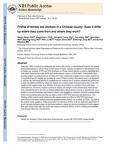
Resource | Publications,
Since the 1980s, informal or clandestine sex work in the service or entertainment industry has spread from municipalities to small towns in most areas of China. Despite recognition of the important role of female sex workers in HIV and STD epidemics in China, limited data are available regarding their individual characteristics and social and environmental context of their work. Furthermore, most existing studies on commercial sex in China have been conducted in large cities or tourist attractions. Using data from 454 female sex workers in a rural Chinese county, the current study was designed to explore the individual profile of commercial sex workers and to examine whether the profile and sexual risk behavior differ by where the female sex workers came from and where they work.





